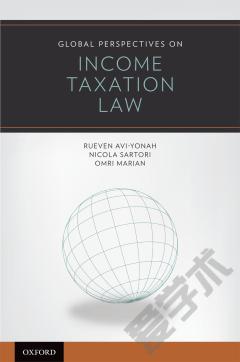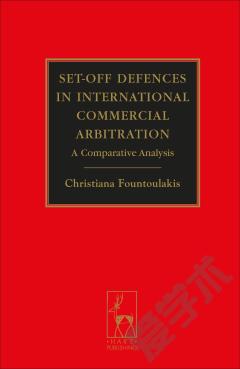Immovable Property under VAT —— A Comparative Global Analysis
----- 增值税之下的不动产:比较全球分析
The ideal value-added tax (VAT) would carry an economic efficiency ratio of 100 as, in theory, VAT should not be susceptible to exemptions and rate variations. However, practical reality tells a different story, and it will come as no surprise to learn that the VAT systems of almost all countries remain far from the benchmark, and that this is particularly the case when VAT is applied to real estate. This book describes and analyses VAT treatment of real estate transactions in six representative countries: Australia, Canada, Germany, Japan, Mexico, and the United Kingdom. As in any jurisdiction, the VAT schemes covered must accommodate complex factual matrices that demand consistent, fair, and equal treatment. Among these VAT determinants the authors, each an expert in the national tax law of one of the six countries, address the following: ? types of real estate sales; ? long versus short term leases; ? commercial versus residential use; ? newly constructed versus existing property; ? status of the parties involved as taxable or non-taxable for VAT; ? taxable and tax-free supplies; ? special rules for charities, mooring facilities, aircraft, sports facilities, etc.; ? subdivision of apartments into title units; ? commercial residential premises; ? construction work; ? cross-border supply of construction work and services; and ? transfer of a ‘going concern’. The discussions also include the practical areas of accounting for VAT, administrative compliance, personal tax liability, and VAT refund and overpayment certification processes, as well as thorough consideration of relevant case law and examination of frequently litigated matters. Each author has designed his or her chapter to ensure that the technical nuances of each system are explained. An introductory chapter outlines economic theory and preferred VAT treatment of real estate transactions, and compares the variety of solutions applied in the six countries covered.
{{comment.content}}








 京公网安备 11010802027623号
京公网安备 11010802027623号